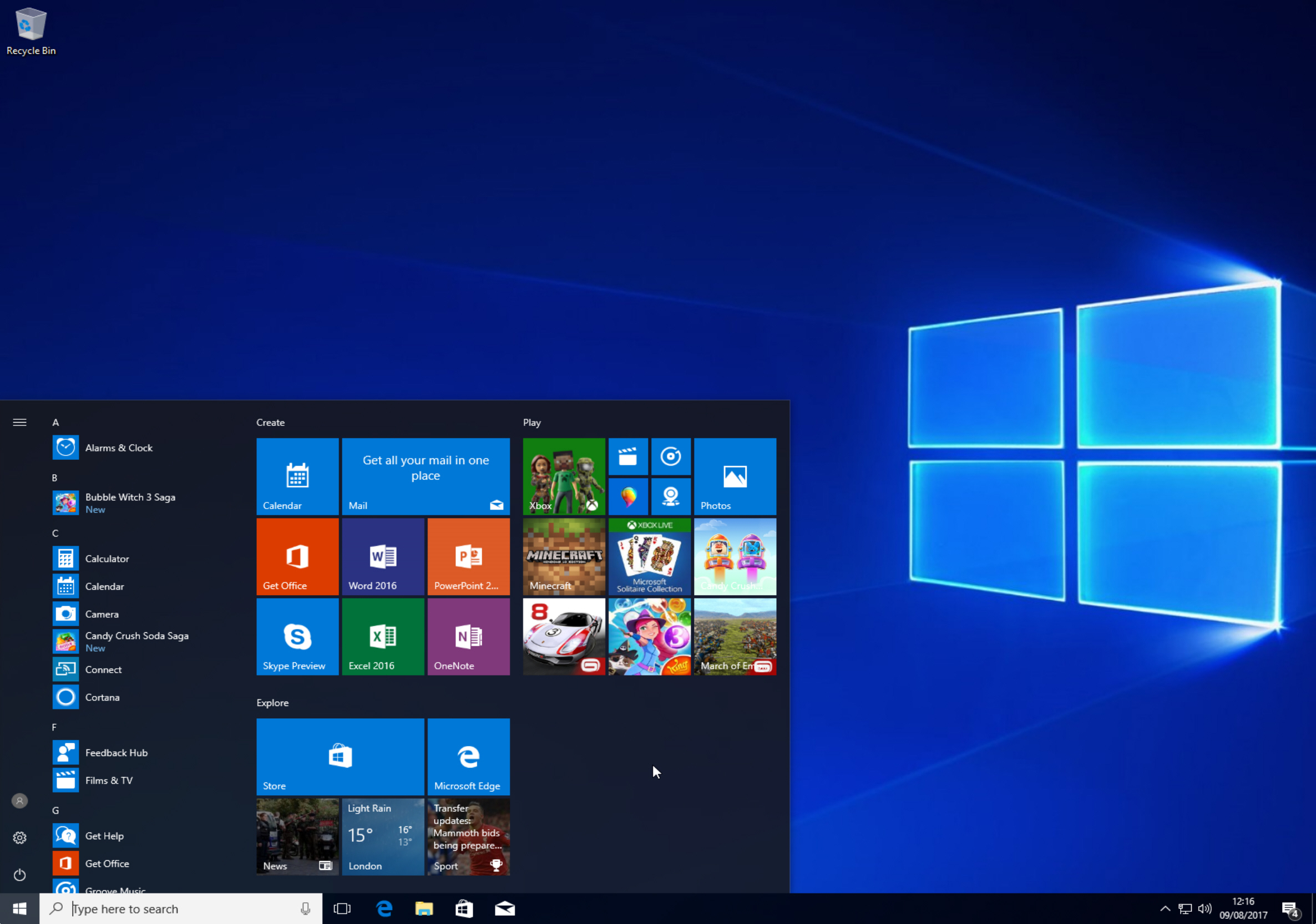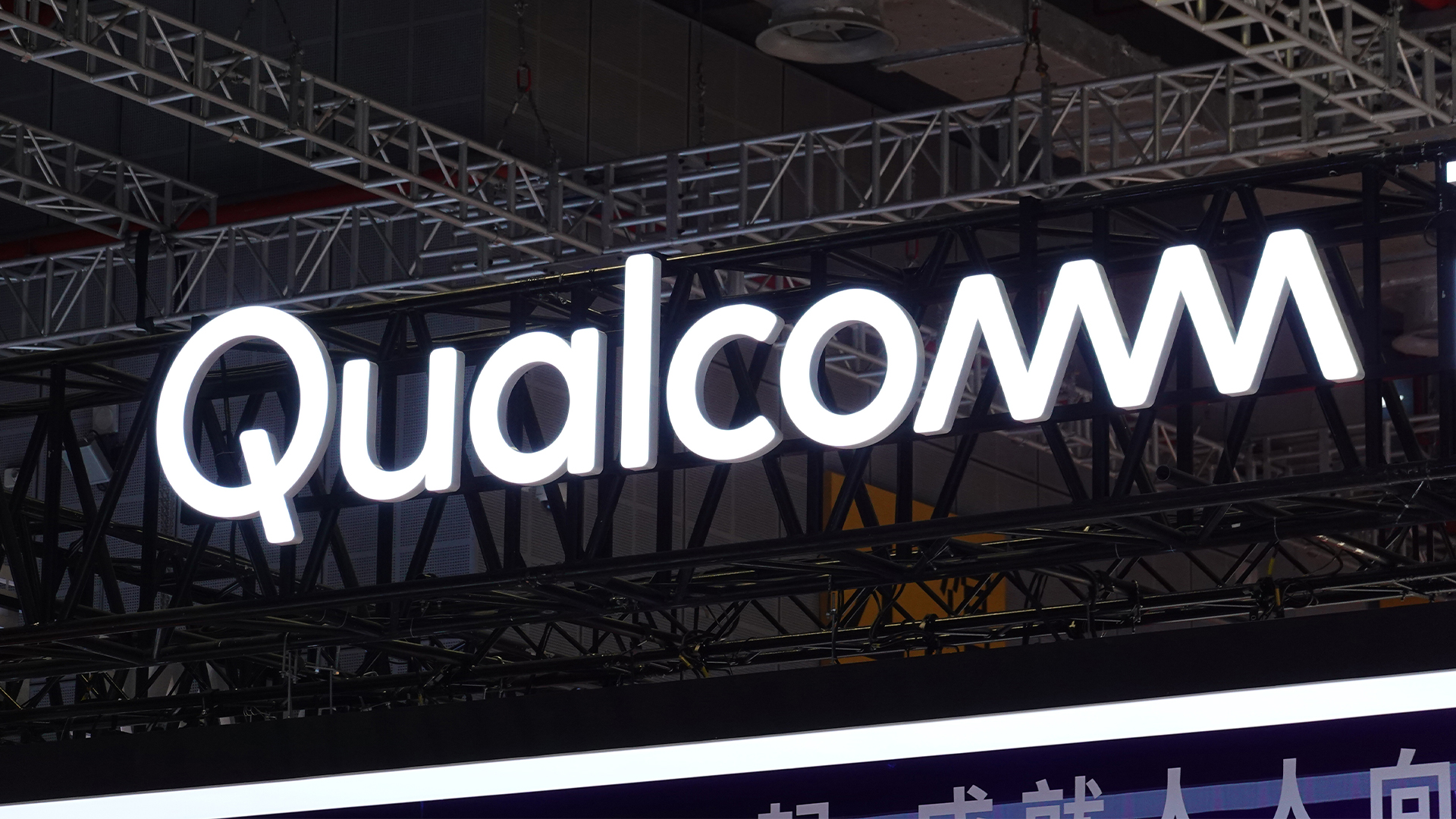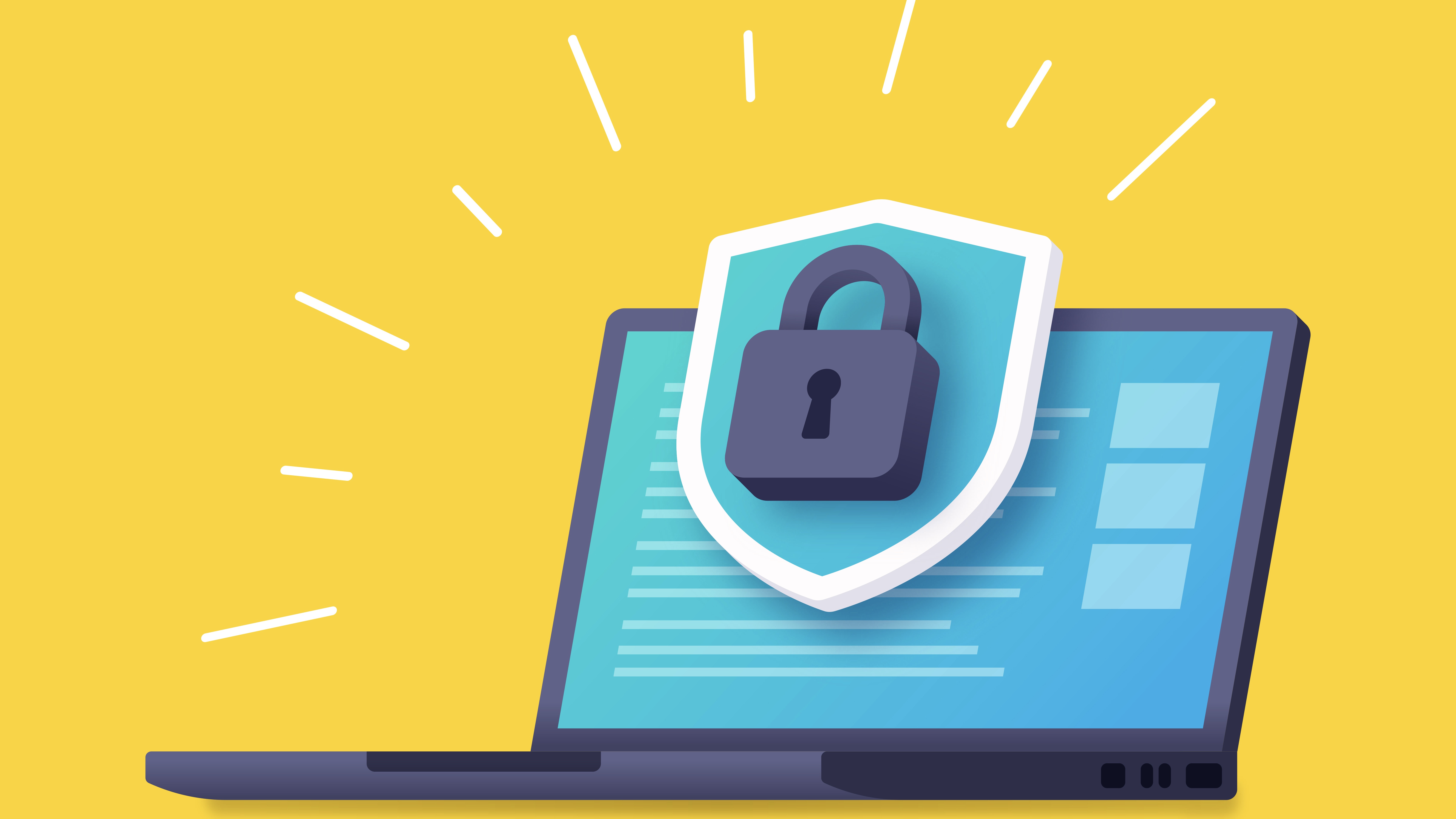Windows 10 upgrade rollout costs companies dearly
Implementing updates twice a year will cost businesses 97% more than if there was only a major update every six years


Windows 10 is causing businesses logistical headaches because it's so hard for them to keep up with the twice-a-year feature updates, a report by Gartner has revealed.
Gartner's research involved creating fake scenarios with 2,500-employee businesses. One of these simulators created a company policy where employees were able to download and install applications and adjust settings whenever and however they liked (an unmanaged business), while another was the polar opposite – a locked down network, with workers limited to what they could do (a managed business).
Gartner then applied a once-a-year update schedule and twice-yearly upgrades to both and compared these to six-year cycles. In the latter scenario, it would cost the unmanaged business $445 to upgrade each PC, while the managed business would be just $256 to upgrade per PC every six years.
When upgrades were applied once a year, it would cost the unmanaged business $462 over six years and $258 total for the managed business. Double this to twice a year and the unmanaged business would have a $792 bill to pay, with the managed business's totalling $504 over the lifetime.
"Organizations must move from running infrequent projects to upgrade Windows every six to eight years to having a continuous process to qualify and push out updates every six to 12 months," Gartner said in its report. "This results in a different pattern for staffing and budgeting. Tasks that used to be done in a separately funded project - possibly with help from a service provider - become a task that must be done continuously, probably by existing IT staff."
Gartner concluded that the impact on users would be greater too, as businesses will move towards a piloting system, where updates would be tested before being rolled out to the entire organisation at once. This is more labour intensive and could delay updates being implemented.
Stay up to date with the latest Channel industry news and analysis with our twice-weekly newsletter

Clare is the founder of Blue Cactus Digital, a digital marketing company that helps ethical and sustainability-focused businesses grow their customer base.
Prior to becoming a marketer, Clare was a journalist, working at a range of mobile device-focused outlets including Know Your Mobile before moving into freelance life.
As a freelance writer, she drew on her expertise in mobility to write features and guides for ITPro, as well as regularly writing news stories on a wide range of topics.

